Journal Boards
JOURNAL BOARDS
After completing his bachelor's and master's degrees at Istanbul University, Department of Prehistory, Karul completed his PhD at the Free University of Berlin in 2000 on a DAAD scholarship. After completing his PhD, Karul worked as an archaeological editor for Atlas Magazine, and in 2002 he joined the Department of Prehistory as an assistant professor; he was promoted to associate professor in 2006 and to professor in 2017. In 2005, Karul received a research fellowship at Harvard University and was a member of the editorial board of EJA (Journal of European Archaeology) between 2013 and 2016. He has been a member of the Colloquium Anatolicum of the Turkish Institute of Ancient Archaeological Sciences since 2014, the Editorial Board of the Journal of Archaeology of the Turkish Academy of Sciences (TÜBA-AR) from 2009-2012 and since 2019, and the Archaeology Editor of the Magma Journal. Karul is also a member of the German Archaeological Institute, the Austrian Archaeological Institute, the ICOMOS Turkish National Committee and President of the Turkish Institute of Ancient Archaeological Sciences. Karul was President of the Istanbul Branch of the Archaeologists' Association between 2007 and 2015. Since 1989, Karul has been involved in prehistoric excavations and surveys in various parts of Anatolia. He was the director of the excavations at Aktopraklık Höyük in Bursa between 2004 and 2009, the scientific advisor of the excavations at Siirt Gusir Höyük between 2010 and 2014, and the director of the excavations at Göbeklitepe and Karahantepe since 2020. Karul, who is continuing the Aktopraklik Höyük research project with the Bursa Archaeological Museum, has been head of the Department of Prehistoric Archaeology at Istanbul University since 2019.
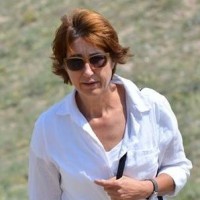

 Türkiye
Web
Türkiye
Web
VASIF ŞAHOĞLU is Professor at the Department of Archaeology, Program for Protohistory and Near Eastern Archaeology at Ankara University. He is also the current director of Ankara University Mustafa V. Koç Research Center for Maritime Archaeology (ANKÜSAM). His research focuses on the prehistoric and protohistoric archaeology of Anatolia and the Aegean. He conducted excavations at the Bronze Age site of Çeşme - Bağlararası and is currently the director of land and underwater excavations at Liman Tepe in İzmir. Following the passing of Prof. Dr. Hayat Erkanal, he is now also coordinating the Izmir Region Excavations and Research Project (IRERP). He has been publishing on Bronze Age economies, maritime archaeology, Human responses to Natural disasters, long distance travel, contacts and trade issues, burial habits and pottery studies around the Aegean and Anatolia.
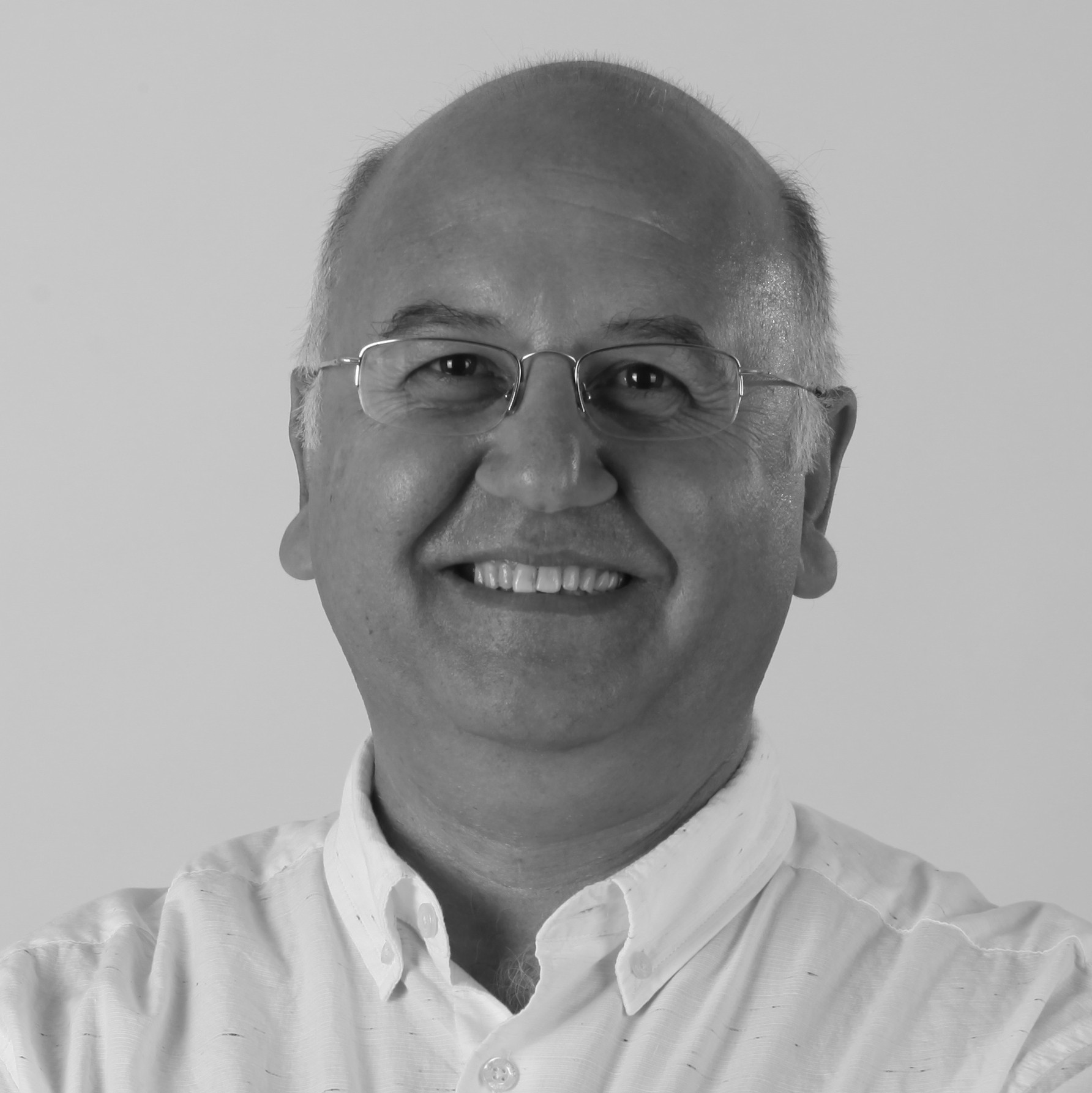

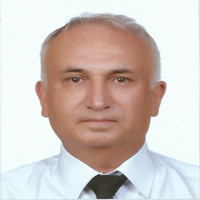
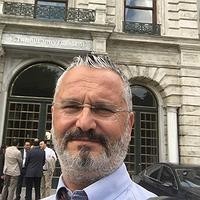
 Türkiye
Türkiye
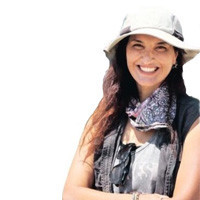
ADVISORY BOARD

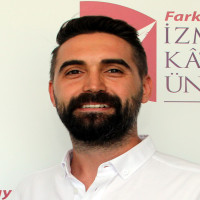
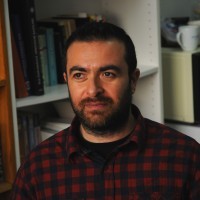
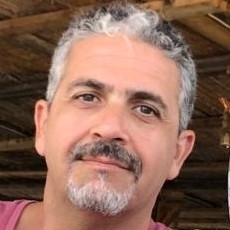

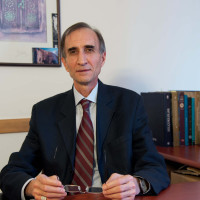
Studies of Ancient History, Classics, Classical Archaeology, and Near Eastern Archaeology at the University of Cologne, Germany; PhD in Classics 1984, Habilitation 1997; research and teaching jobs in Köln, Frankfurt, Heidelberg, Chicago, Ann Arbor, Lyon, Leiden, Oxford, Paris, Bordeaux, now Professor of Greek History and Epigraphy at Vienna University and head of the research group "Epigraphy” at the Austrian Academy of Sciences. Co-editor of the Lexicon of Greek Personal Names V.A-C; co-editor of the Supplementum Epigraphicum Graecum.
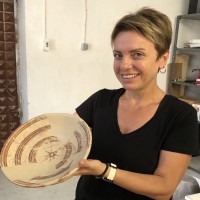
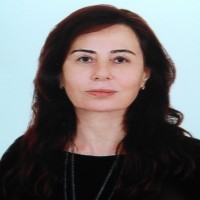
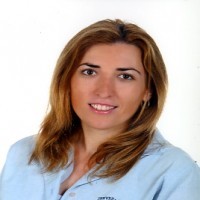
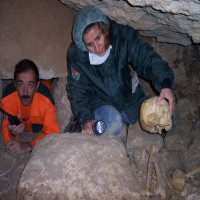
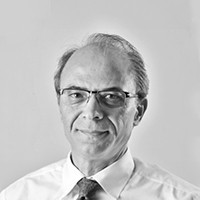
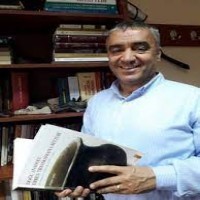
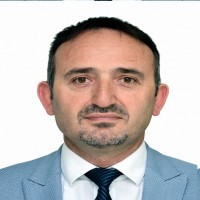
Musa Kadıoğlu was born in 1971 in Bafra. In 1989 he started his undergraduate studies in the Department of Classical Archaeology of the Faculty of Letters at the Ankara University from where he graduated in 1994. He gained his master's degree from the same department in 1997. In 2002 he completed his Ph.D. entitled “The Scaenae frons of the theatre of Nysa on the Maeander” under the supervision Prof. Dr. V. M. Strocka at the Institute of Archaeology of the Albert-Ludwig University at Freiburg with scholarships from the German Academic Exchange Service (DAAD) and the State of Baden-Württenberg (Landesgraduiertenförderung). His thesis was elected for the Günter Wöhrle Achievement Award in 2002 by a state foundation called “Humanismus Heute”. The book derived from the thesis (published in 2006 as Die Scaenae Frons des Theaters von Nysa am Mäander, Forschungen in Nysa am Mäander I) received the 2007 Encouragement Award of Turkey Academy of Sciences (TUBA). In 1995 he started his academic career as a research assistant at the department of Classical Archaeology at the Faculty of Letters of the Ankara Universityand since 2006 he is working as an Associate Professor at the same department. Since 1990 he has been a member of the excavation teams of Stratonikeia, Magnesia on the Maeander and Nysa on the Maeander. Since 2010 he directs the research and restoration works in the ancient city of Teos in Ionia (Seferihisar/Izmir).
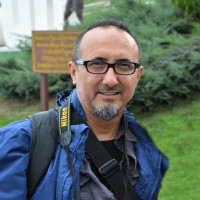






 Türkiye
Web
Türkiye
Web
Born on 16th July 1967, he graduated from Ankara University Faculty of Language and History-Geography, Department of Archaeology and History of Art in 1989. In 1990, he was appointed as a research assistant in the same department, and in 1993 he completed his master's degree. In 1999, he completed his doctorate at Ankara University. In 2003, he was promoted to the position of Assistant Professor, to Associate Professor in 2010, and to Professor in 2015. He is currently working as a Professor at Ankara University, Faculty of Language and History-Geography, Department of Archaeology.
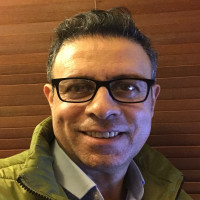
Born in Istanbul, 14.10.1969,
UNIVERSITYARY STUDY
Undergraduate: 1986-1990: Classical Archaeology at the University of Istanbul.
MA: 1990-1993 Classical Archaeology at the University of İstanbul, subject: „Ainos Pişmiş Toprak Heykelcikleri. Oturan Kolsuz Aphroditeler ve Adak Grubu Eserleri“ (Terracottas from Ainos. Seated armless Aphrodites and Votive Figurines)
PhD: 2001: Archaeology at the University of Leuven in Belgium, Subject: “Die Nekropolen und Grabdenkmäler von Sagalassos in Pisidien in hellenistischer und römischer Zeit” (Necropoleis and Burial Customs at Sagalassos in Pisidia in Hellenistic and Roman Times), promoter: Prof. Dr. Marc Waelkens, co-promoter: Prof. Dr. H. von Hesberg (University of Cologne), with Suma Cum Laude.
WORKING EXPERIENCE
- (1990 to 1995) Part-time student work in the library of German Archaeological Institute in Istanbul.
- (01-06-2002 to 31-05-2004) Postdoctoral research Project of DFG (Deutsche Forschungsgemeinschaft - German Research Foundation), in the research program „Formen und Wege der Akkulturation im östlichen Mittelmeerraum und Schwarzmeergebiet in der Antike“, the subject: Kultureller Wandel in den Städten West- und Süd-Pisidiens/Türkei in hellenistischer und römischer Zeit.
- (01.08.2004 to 31.01.2005) Part-time Post-doctoral researcher for the Pisidia Survey Project in Pednelissos, at the University of Cologne (Germany).
- ( February 2007) Permanent post as Lecturer at Hacettepe University in Ankara.
- (2008-2018) Permanent post as Senior Lecturer at Hacettepe University in Ankara.
- (Since 2018) Permanent post as Prof. Dr. at Ankara University in Ankara.
LANGUAGE SKILLS
Turkish (Mother tongue), English and German (Fluent), Dutch und Spanish (Basic)
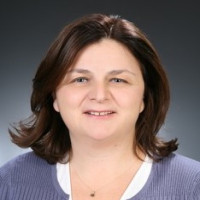



 Türkiye
Web
Türkiye
Web
Prof. Dr. Zeynep Çizmeli Öğün graduated from Ankara University, Faculty of Language, History and Geography, Department of Classical Archaeology in 1991 and completed her Master's and PhD studies in numismatics at Lille 3 University in France with a scholarship from the French Government. At the same time, Z. Çizmeli Öğün attended the seminars of Georges Le Rider, Olivier Picard and Michel Amandry at the Ecole Pratique des Hautes Etudes of Paris - IV Sorbonne University and has been a faculty member at the Department of Classical Archaeology, Faculty of Language and History Geography, Ankara University since 2001. Between 2021 and 2024 Çizmeli Öğün assumed the position of Head of the Department of Archaeology at the same faculty and is currently focusing on Anatolian Numismatics and excavation coins.
Translated with DeepL.com (free version)

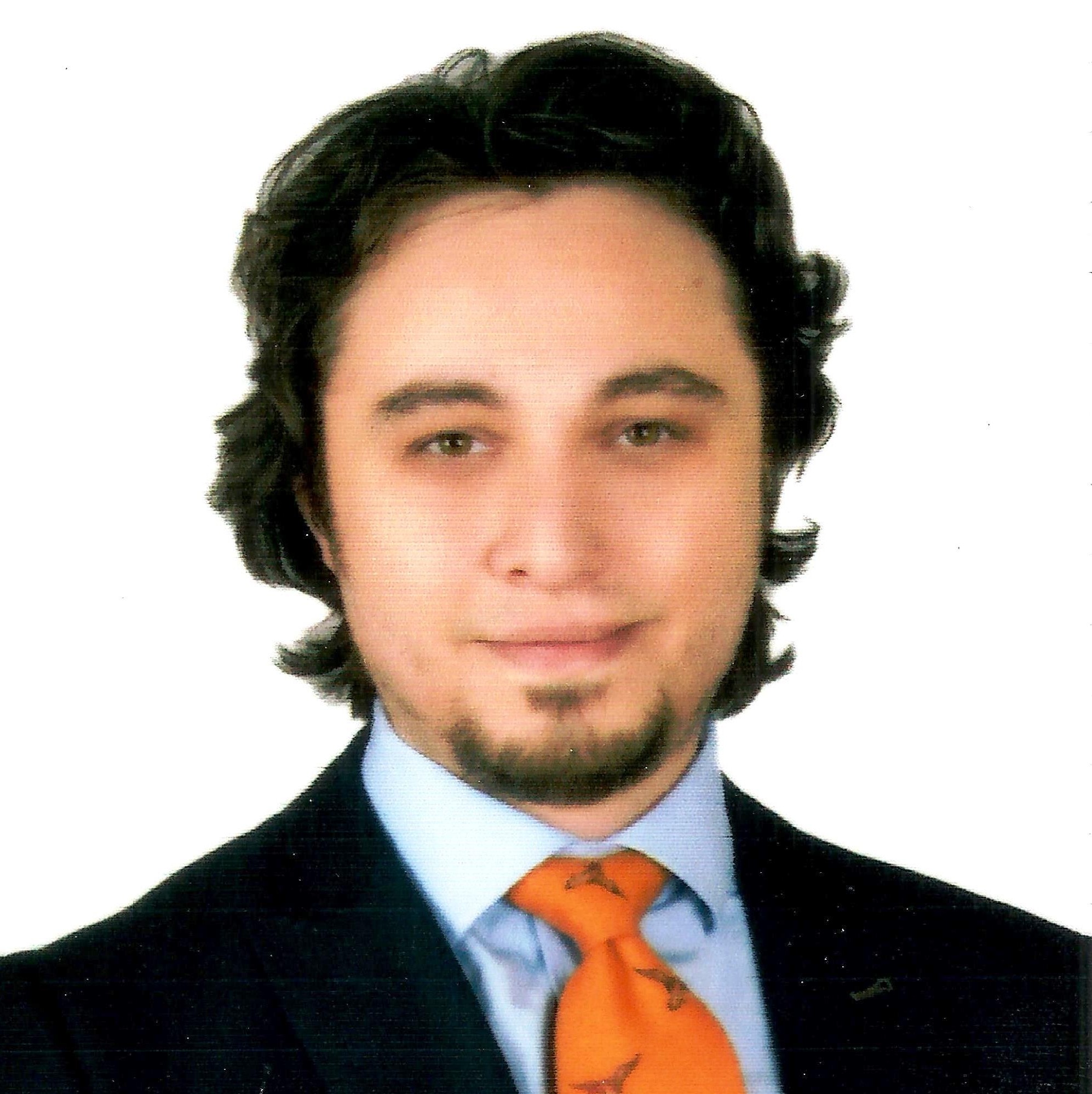




 Türkiye
Web
Türkiye
Web
Prof. Dr. Mustafa Hamdi Sayar’ın Özgeçmişi:
1974 ile 1978 yıllarında İstanbul Üniversitesi, Edebiyat Fakültesi, Klasik Diller, Klasik Arkeoloji ve Eski Çağ Tarihi eğitimi aldı. 1979 ile 1984 yılları arasında İstanbul Arkeoloji Müzelerinde görev yaptı. Bu görevi kapsamında İstanbul ve Anadolu’da birçok kazı ve araştırmada bulundu ve bakanlık temsilcilikleri görevleri yaptı. 1984 – 1989 yılları arasında Viyana Üniversitesi Eskiçağ Tarihi, Klasik Filoloji, Klasik Arkeoloji ve Bizantinistik Bölümlerinde eğitim gördü ve 1989 yılında Eskiçağ Tarihi alanında doktorasını tamamladı. 1989 ile 1998 yılları arasında Viyana Üniversitesi, Eskiçağ Tarihi Bölümünde asistan olarak eğitim ve araştırma çalışmalarında bulundu. Bu görevi kapsamında Londra, Paris, Bordeaux, Roma, Perugia, Palermo, Catania, Berlin, Hamburg, Münih, Köln, Münster, Tübingen Üniversitelerinde araştırma çalışmalarında bulundu, bilimsel toplantılara katıldı, ortak projelerde çalıştı ve konferanslar verdi. 1993 yılında İstanbul Üniversitesinde, girdiği Doçentlik sözlü sınavında başarılı olarak Eskiçağ Tarihi Doçenti oldu.
1978-2024 yılları arasında Türkiye ve yurtdışındaki arkeolojik kazılara heyet üyesi olarak katıldı. Yurtiçinde ve yurtdışında Eskiçağ tarihi, Eskiçağ Dönemi Anıtları ve Eskiçağ tarihi-coğrafyası üzerine konferanslar verdi. 1998-1999’da Alexander von Humboldt Vakfı bursuyla Köln Üniversitesi, Eskiçağ Tarihi Bölümünde Çukurova Eski Çağ yazıtlarını yayınladı. Sayar, 1999-2002 yıllarında Bonn Üniversitesi, Arkeoloji Bölümünde Çukurova’da Eskiçağda görülen Bölgelerearası Etkileşimi inceledi. 1990’da üye olduğu Uluslararası Eskiçağ Tarihi-Coğrafyası Derneğinin 2014 yılından beri Başkan Yardımcılığına seçilmiş olan Sayar, Bonn’da yayımlanan Epigraphica Anatolica, Stuttgart’ta yayımlanan Orbis Terrarum, Sofya’da yayımlanan Archaeologica Bulgarica dergilerinin yayın kurullarının üyesidir.
2003 yılı Haziran ayından beri İstanbul Üniversitesi, Edebiyat Fakültesi, Tarih Bölümünde, Eskiçağ Tarihi Profesörü olarak görev yapan Sayar, 2006’dan beri İstanbul Üniversitesi, Edebiyat Fakültesi, Güneydoğu Avrupa Araştırmaları Merkezi Müdürüdür. 2018 yılından beri Anadolu Araştırmaları ile Güneydoğu Avrupa Araştırmaları Dergilerinin baş editörüdür. Türkiye Bilimler Akademisi tarafından yayımlanan TÜBA-AR dergisinin yayın kurulu üyesidir. Kültür ve Turizm Bakanlığı, Kültür Varlıkları ve Müzeler Genel Müdürlüğü tarafından yayımlanan Türk Arkeoloji Dergisi ile Antalya’da yayımlanan ve SCOPUS tarafından 2017 yılından beri taranan Gephyra dergisinin yayın kurulu üyesidir.
Sayar, 2004’te UNESCO’nun alt kuruluşlarından biri olan Uluslararası Anıtlar ve Sitler Konseyi (ICOMOS) Türkiye Milli Komitesi, 2020’de tahkimat ve savunma yapılarına yönelik çalışan UNESCO-ICOFORT komisyonunun Türkiye üyesi olmuştur.
2013 yılında Berlin’de Humboldt vakfının bursuyla bilimsel yayın çalışmalarını sürdüren Sayar, 2016 yılında Princeton, Institut for Advanced Studies’te Trakya ve Çukurova eskiçağ tarihi araştırmalarının yayınlarına yönelik çalışmalarda bulunmuştur.
Sayar 2006 yılında kurulan Eskiçağ Bilimleri Avrupa Ortak Yüksek Lisans Programının Koordinatörlerindendir.
Sayar 2010 yılında İstanbul Üniversitesinde 11. Uluslararası Trakoloji Kongresini düzenlemiştir.
2017 yılında Marmara Ereğlisinde 2., 2022 yılında 5. Uluslararası Roma Trakyası toplantılarını düzenlemiştir.
2021 yılı Kasım ayında Türk Tarih Kurumu bilim heyeti üyeliğine seçilmiştir. Bu görevi kapsamında Türk Tarih Kurumu tarafından yayımlanan Belleten, Belgeler ve Höyük dergileri ile Türk Tarih Kurumu tarafından basılan kitapların yayın değerlendirme komisyonu üyesidir.
2022 yılından beri Uluslararası Doğu Roma Çalışmaları Birliğinin Geç Antik Devir Yazıtları Çalışmalarının Üyesidir.
2024 yılı Şubat ayında Europa Nostra derneğinin üyesi olmuştur.
2024 yılı Mart ayında Türk Tarih Kurumu Koordinatörlüğünde yapılan Doğu Roma Çalışmaları Mili Komitesinin Başkanlığına seçilmiştir.
Smith is from Edinburgh in Scotland; has taught in New York and Oxford, where he was Lincoln Professor of Classical Archaeology and Art in Oxford (1995-2022). He has worked on Anatolian field projects at Oinoanda, Balboura, and Aphrodisias. He has been Director of the Excavations at Aphrodisias since 1991. His research is concerned with the historical and social interpretation of Greek and Roman art and visual culture. In 2024 and 2025 he is Visiting Professor at Bilkent University in Ankara.
Smith’s largest publication is on The marble reliefs from the Sebasteion at Aphrodisias (2013). His shortest is on the cult and image of Hadrian’s favourite, Antinous: boy made god (2018). His best known and most translated (including a Turkish edition) is Hellenistic Sculpture (1991).
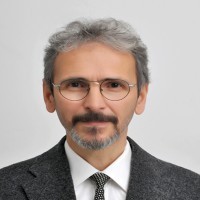
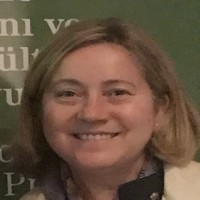
 Türkiye
Türkiye
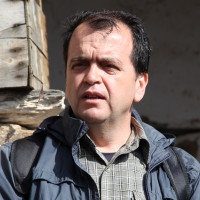
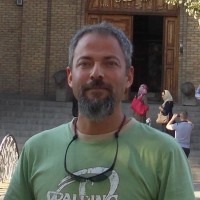
 Türkiye
Türkiye
The contents of this system and all articles published in Journal of TÜBA-AR are licenced under the "Creative Commons Attribution-NonCommercial-NoDerivatives 4.0".

